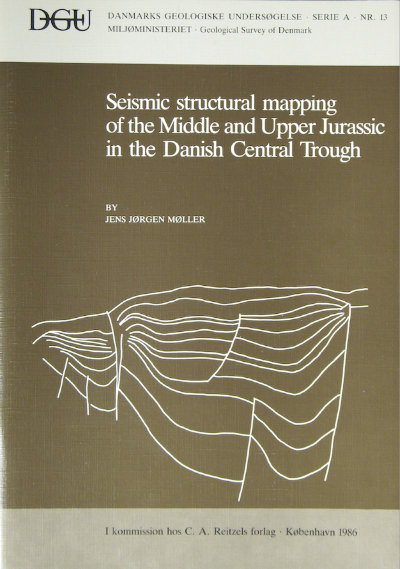Seismic structural mapping of the Middle and Upper Jurassic in the Danish Central Trough
DOI:
https://doi.org/10.34194/seriea.v13.7032Keywords:
North Sea, Denmark, Jurassic, Structural elementsAbstract
The Middle and Upper Jurassic of the Danish Central Trough have been studied by the use of seismic structural mapping. The area studied is divided into the following structural elements which are the Ringkøbing-Fyn High, the Mid North Sea High, the Mads High (new name), the Inge High (new name), the Mandal High, the Tail End Graben, the Arne-Elin Graben (new name), the Feda Graben, the Gertrud Graben (new name), the Salt Dome Province, the Sogne Basin, the Pout Plateau (new name), the Heno Plateau (new name), the Outer Rough Basin, the Grensen Nose, and the Gert Ridge (new name). These structural elements are described individually. The structural framework is demonstrated to be dominated by north-south trending normal faults and northwest-southeast trending right-lateral strike-slip faults. The most active rifting phases in the Mesozoic period took place during the Middle and Late Jurassic. The tectonic activity ceased during the Late Jurassic in the southern part of the Danish Central Trough, while in the northern part the activity continued into the Early Cretaceous. During the Late Cretaceous and Early Tertiary the faults were reactivated by inversion caused by transpression related to the formation of the Alpine Fold Belt.
Downloads
Published
Issue
Section
License
This article is distributed under a CC-BY 4.0 licence, permitting free redistribution and reproduction for any purpose, even commercial, provided proper citation of the original work. Author(s) retain copyright over the article contents.


